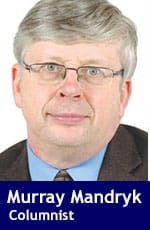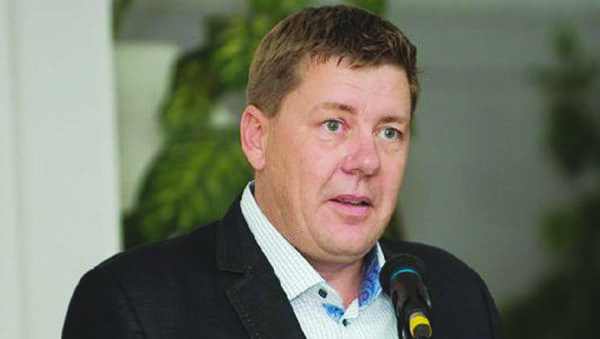
The last nine months have turned into a long journey for Premier Scott Moe.
The question now is: Where does he go from here?
Perhaps he doesn’t have to go too far.
Prior to entering the legislature this spring for the first time as premier, Moe was gifted with three rural byelection wins in Melfort, Kindersley and Swift Current.
It solidified the 48-seat Saskatchewan Party caucus in the 61-seat legislature (former finance minister Kevin Doherty’s seat is currently vacant), providing an important political reminder that that there are just no meaningful threats to the government’s massive majority.
That’s largely because the 12-member NDP caucus in the legislature, led by equally new leader Ryan Meili, has not yet provided a viable alternative to the Sask. Party government.
[emember_protected for=”2″ custom_msg=’For more on this story, please see the Jun. 1 print edition of The Cross Roads.’]
Sure, the Global Transportation Hub and Regina bypass have allowed the NDP to score some additional political points.
We should also note the previous two city byelections were won by the NDP – a noteworthy fact, given that the next three provincial byelections (Doherty’s Regina Northwest seat along with Saskatoon Eastview and Regina Walsh Acres are now respectfully occupied by federal Conservative candidates Corey Tochor and Warren Steinley) – will all be in the cities.
But the NDP is simply not making in-roads in the Sask. Party’s rural stronghold. Anything other than another Sask. Party majority in 2020 seems unlikely.
Winning is always the goal in politics – even surpassing the reasons why political parties want to win power. Often, it’s a case of ensuring that you win, first, and then figuring it out from there.
However, sooner or later, Moe has to reveal more about where he intends to take the Sask. Party and the province.
Yes, fighting the federal Liberal carbon tax and promoting a pipeline are popular things to do. Arguably, they are important enough to merit the time Moe has dedicated to these two agenda items.
But when it comes to Saskatchewan moving forward, what’s next?
Well, the more questions you throw at politicians, the more you are likely to find answers. One of the best areas to pepper politicians with questions happens to be the premier’s or executive council budget spending estimates.
Last week, premier’s estimates turned into a three-hour exchange between Meili and Moe – not only a good way to measure both leaders but also a chance to gain insight into Moe’s agenda.
The premier did reveal some things, although perhaps not enough to tell us precisely where he is going.
Of interest was his talk of balancing the budget in three years – the path that former premier Brad Wall took and one Moe continues to follow.
Asked by Meili why now, in a time of economic downturn, would the Sask. Party government increase the provincial sales (PST), Moe provided his best, most succinct answer.
During the leadership race, people told him the price of a barrel of oil shouldn’t dictate the number of nurses hired or the dollars spent on education, Moe said.
It was the clearest indicator to date of a new path for the province that deviates from the last 10 to 15 years, in which Saskatchewan governments have relied on rising oil and potash prices to cut taxes and provide services and subsidies.
How much farther Moe and the Sask. Party government will go becomes the next intriguing question.
We already have seen the demise of the Saskatchewan Transportation Company and attempts to add the PST to insurance premiums. Moe reversed the latter decision – much to the delight of his farming base that was paying the PST on crop insurance.
Will Moe have to consider other similar measures to balance the books in three years?
There are a lot of questions in play that Moe needs to start addressing.

